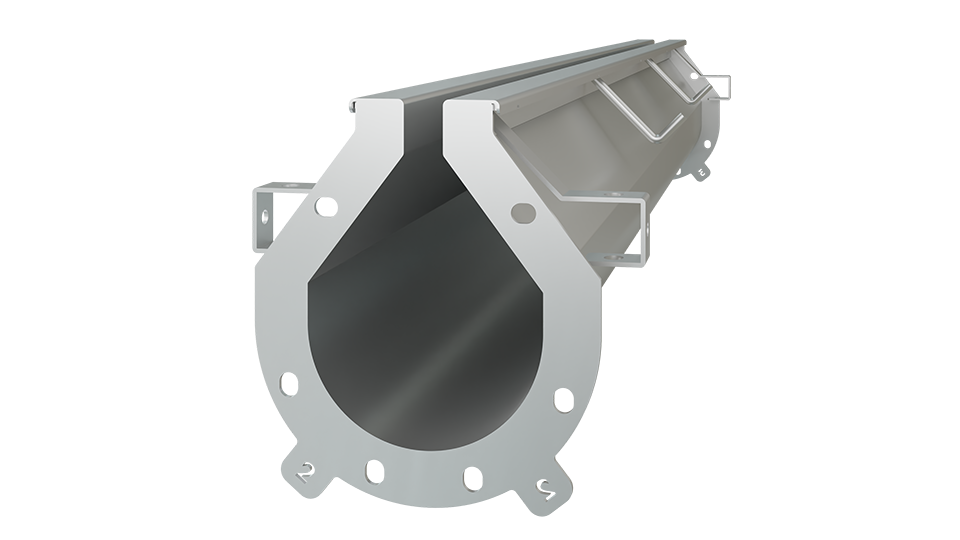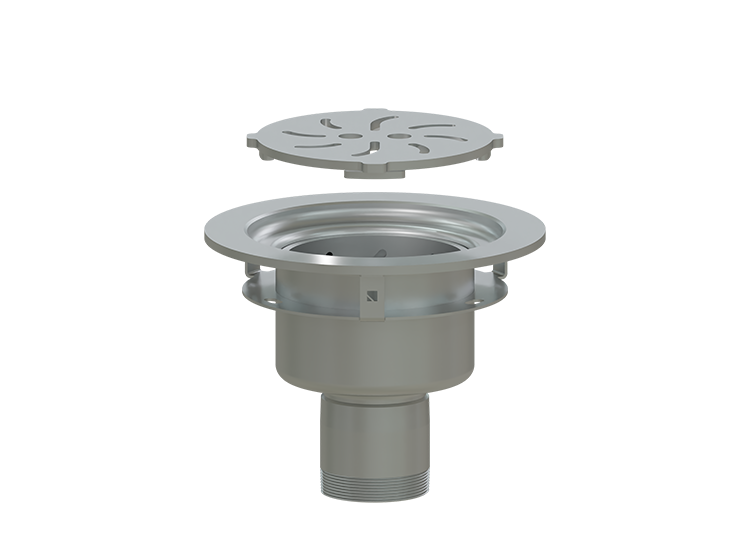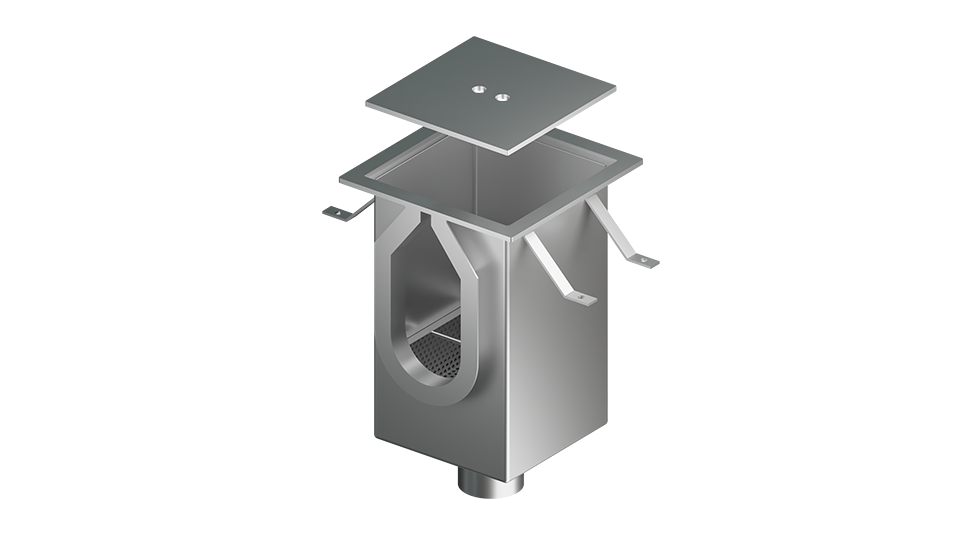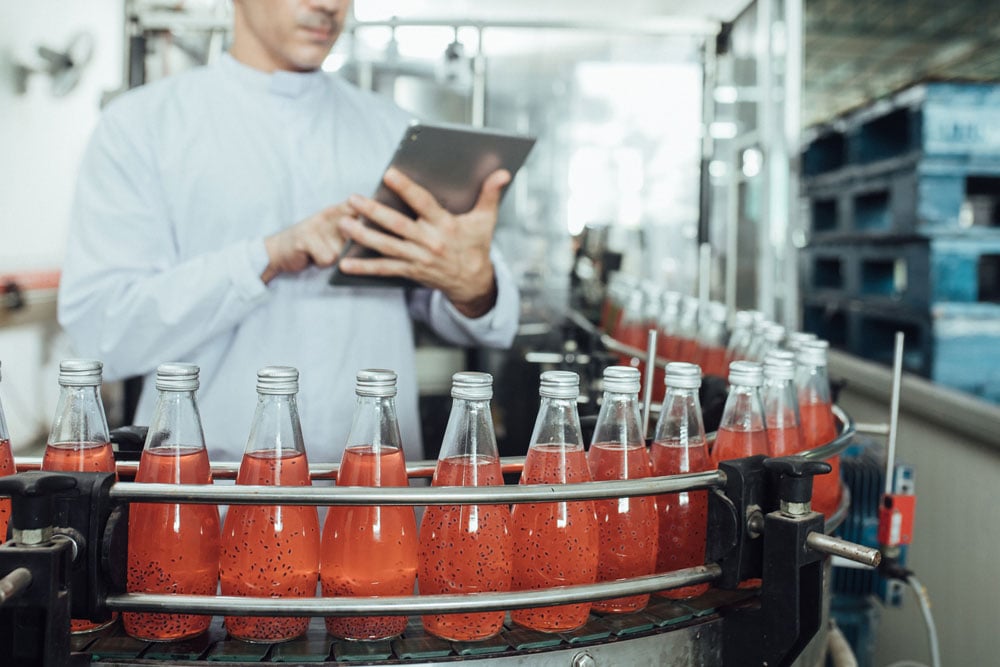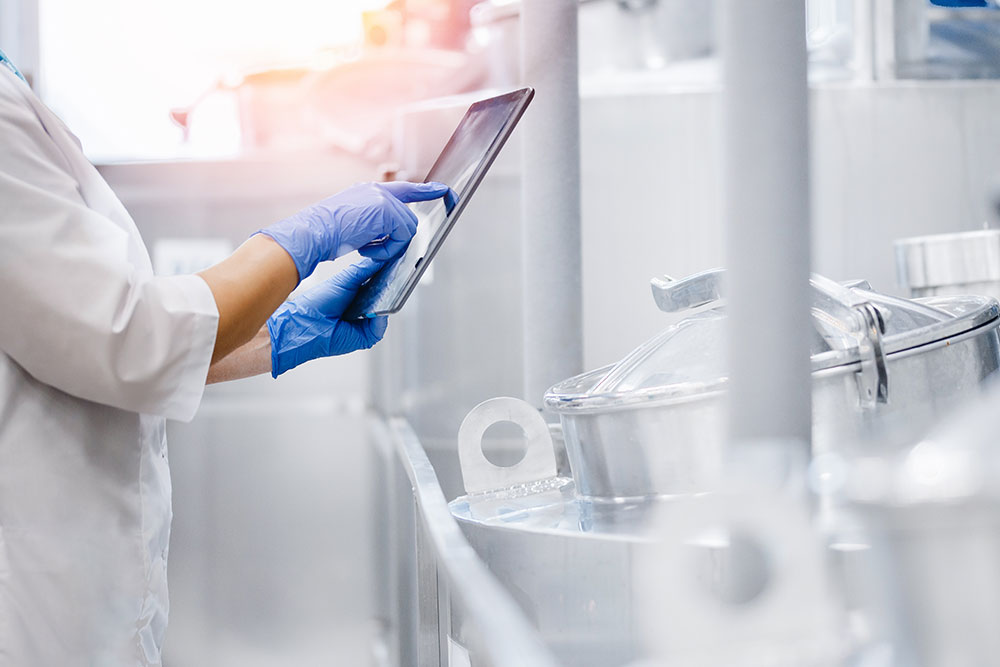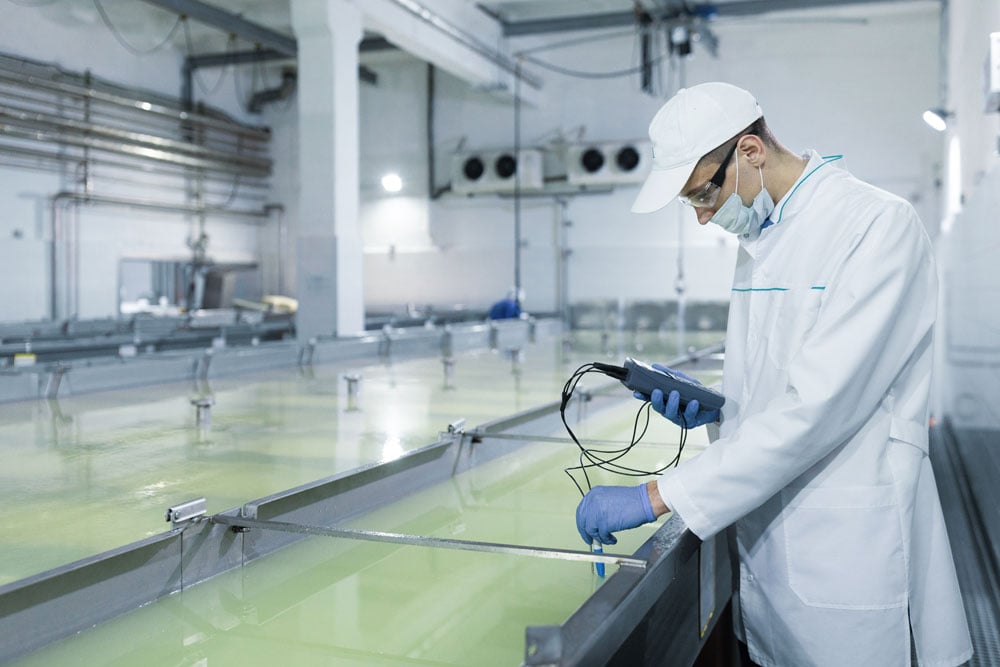Commercial kitchens are not ordinary; they are often designed for large-scale cooking and sold to consumers in restaurants, cafes, and other food retailers. Commercial kitchens are subject to FDA standards and must take care to ensure safety and sanitation. Without rules in place, there is a risk of employee injury, a lack of sanitation, and a potential for serious contamination issues that can negatively impact the kitchen and business in many ways.
Here are over 10 sanitation rules in the kitchen to implement:
Personal Hygiene Rules
Personal hygiene is one area that must be addressed with kitchen sanitation rules.
1. Wash Your Hands
Handwashing in commercial kitchens is vital for preventing the spread of germs and bacteria. Washing your hands after dealing with raw food or changing tasks is especially important. Employees should wash their hands under running water for 20 seconds minimum, with soap for proper hand washing.
2. Remove Jewelry
Jewelry can harbor bacteria and get in the way. Even with gloves, employees should remove any jewelry while working.
3. Wear Clean Uniforms
Aprons and uniforms should be clean, with dirty items stored away from the food prep areas, to avoid contamination. Wearing clean disposable gloves is also part of the uniform. Employees should change gloves between each task or if they step away and return to a task.
4. Keep Hair Restrained
Employees should restrain their hair to prevent loose hairs from ending up in food products. If an employee has long hair, it should be tied back, and everyone should use a hat or hair net for further protection. Beards should be covered by a beard restraint.
5. Keep Sick Employees Away
Sick employees can spread germs and contaminate food; sanitation rules in the kitchen addressing this issue are vital. Employees should report being sick, especially if they have encountered foodborne pathogens like Norovirus and E. Coli. Employers should look for signs of the pathogen in the kitchen and address them appropriately with proper cleaning and sanitation or any other necessary measures.
6. Handle Injuries Appropriately
Another of the safety and sanitation rules in the kitchen is never to ignore cuts. If an employee cuts themself, they should step away to clean the cut thoroughly and put on a bandage and new gloves. Whatever food product they were working with should be disposed of, and the tools they used should be thoroughly sanitized. Larger cuts may require a hospital visit.
Food Handling
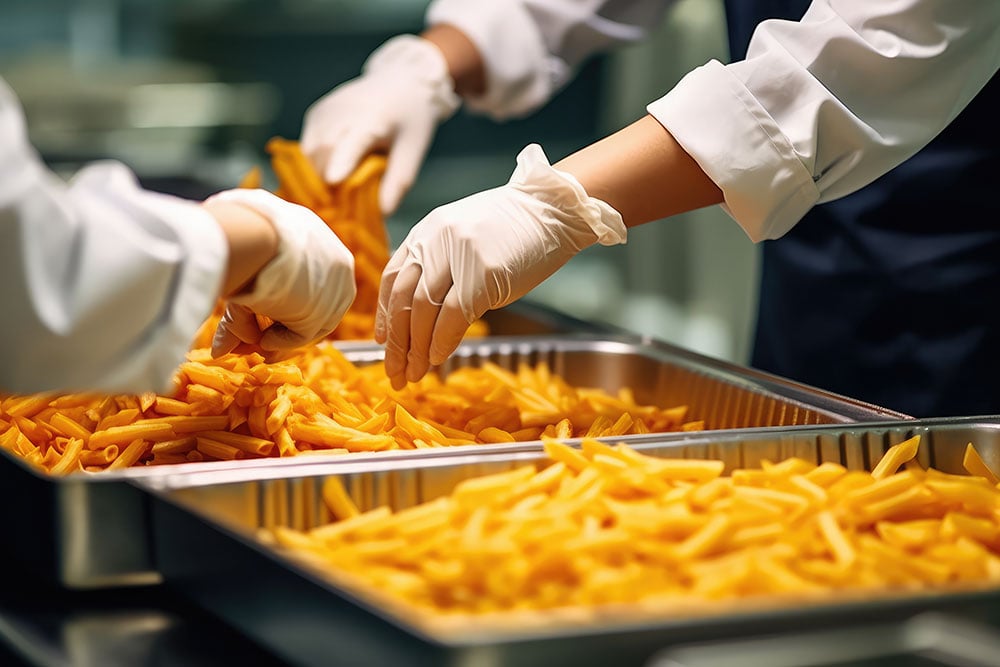
Kitchen sanitation rules should also address proper food handling within the kitchen, for everything from receiving shipments to storage.
7. Inspect All Food Shipments
Carefully inspect every food shipment as they arrive. Look for clear signs of temperature changes, like ice crystals and water stains. You also want to check the temperature to ensure it is in the proper range. Anything that doesn't meet the standards should get rejected and sent back.
8. Store Food Correctly
Everything should be stored in the appropriate containers at the appropriate temperatures. It should also all be clearly labeled with the date it was received.
9. Have Dedicated Cutting Boards and Utensils
Cutting boards should never be shared between food products. Have designated boards for produce, meat, poultry, eggs, etc. You need to keep them separate to avoid confusion.
Just as you have specific cutting boards for different things, you want utensils for dedicated tasks and food items. Keep utensils and any thermometers separated in designated areas.
Cleaning and Sanitizing
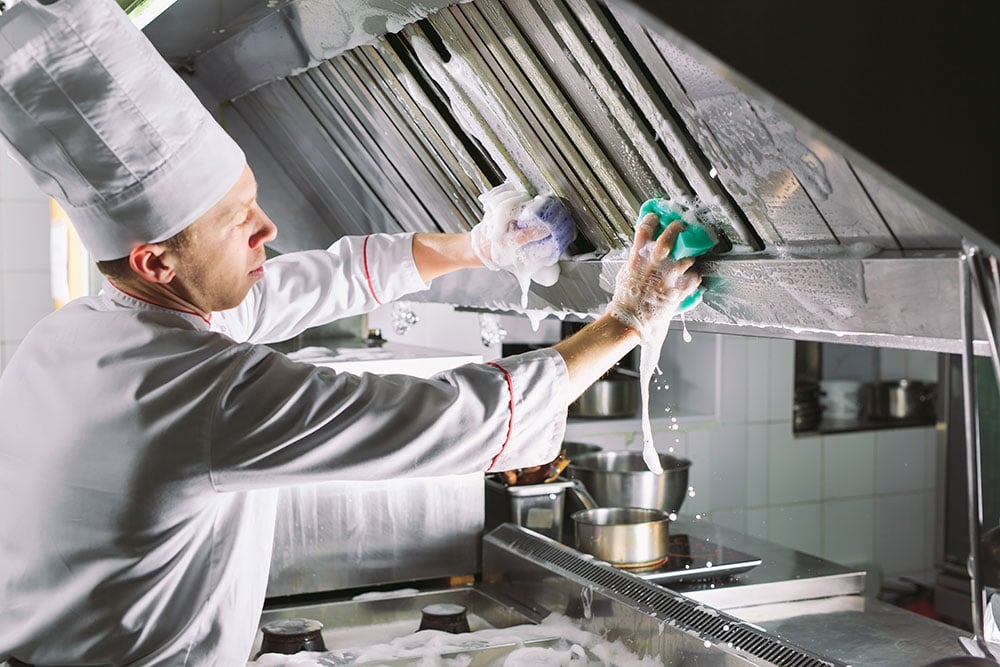
One of the most essential aspects of maintaining a commercial kitchen is the kitchen sanitation rules.
11. Clean and Sanitize Food-Contact Surfaces
One of the primary concerns in kitchens is the food-contact surfaces. Food-contact surfaces must be cleaned and sanitized after each use to prevent cross-contamination. The proper method to use is:
- Wipe the surface so it is free from crumbs and food particles.
- Wash it with a food-safe cleaning solution.
- Rinse with water.
- Sanitize using an approved sanitizing solution mixed with the appropriate concentration.
- Let it dry.
12. Have a Dishwashing Program
A dishwashing program is another of the sanitation rules in the kitchen. While commercial kitchens have dishwashers, not everything should go through them. Any dining ware can go through the dishwasher, while pots and pans require manual cleaning and sanitizing.
13. Install Sanitary Drainage
Drainage is also essential to maintaining a sanitary kitchen. FoodSafe Drains offers various systems suitable for commercial kitchens, including:
The FoodSafe Trench Drain
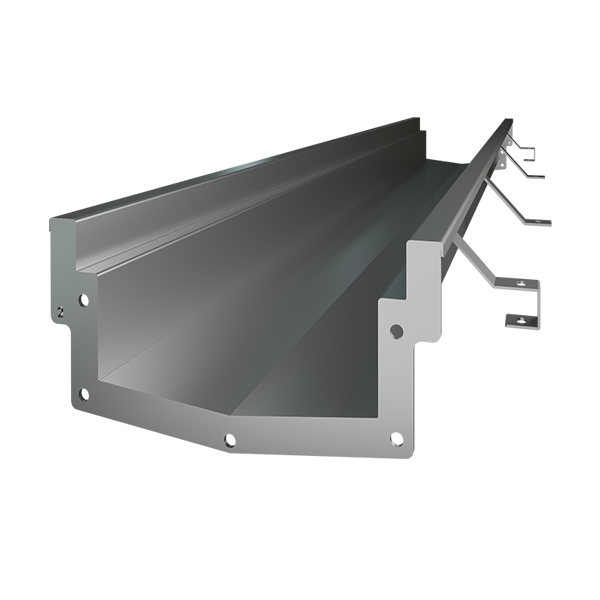 The FoodSafe Trench Drain is a subsurface, grated system designed with large flow rates in mind. They offer three variations to the channel and have a 1-inch thick, highly durable cover. It is compatible with clean-in-place (CIP) technology for cleaning and sanitation.
The FoodSafe Trench Drain is a subsurface, grated system designed with large flow rates in mind. They offer three variations to the channel and have a 1-inch thick, highly durable cover. It is compatible with clean-in-place (CIP) technology for cleaning and sanitation.
The FoodSafe Slot Drain
The FoodSafe Slot Drain is another subsurface system, not unlike the Trench Drain. It is different because the Slot Drain features a slimmer channel opening and doesn't require a grate cover. Efficiency isn't sacrificed; it can still handle up to 27 GPM with its 1-1/4 inch wide model. The .5-inch wide model is also ADA-compliant, which makes it even safer. Like the FoodSafe Trench Drain, the Slot Drain is CIP compatible.
Hub and Area Drains
Area and hub drains are great for removing water runoff from small areas like walk-in freezers and bathrooms. They offer many options, including a Floor Sink for efficient runoff and particulate removal.
The FoodSafe Catch Basin works with the FoodSafe Trench and Slot Drain systems, to provide easy access to lost items and underground plumbing. The strainer basket, also found in systems like the FoodSafe Floor Sink, has a tamper-proof magnetic locking system, to allow only authorized personnel access.
These products are made from sanitary, durable T304 and T316 stainless steel and meet NSF/ANSI/3-A certification.
Pest Control
Pests carry bacteria and disease and they can wreak havoc if they get into a commercial kitchen. Taking steps and having rules on how to handle pests is critical.
14. Check Shipments for Pests
The first place to watch for pests is in food shipments. As you check the deliveries, look for signs of pests and reject shipments if you find any.
15. Seal off Building Access
Carefully inspect your building and seal any cracks or holes, no matter how small. You also want to install window and vent screens and air curtains to cut off access.
16. Deny Them Food and Shelter
Since pests are attracted to food, keeping it out of reach is essential. Empty the garbage regularly throughout the day and keep the cans clean. You also want to ensure the dumpsters are securely closed so pests cannot climb inside. Inside, you also need to quickly clean up spills, crumbs, and any other food debris and never leave food out at night.
Taking Safety and Sanitation Seriously in the Kitchen
Safety and sanitation are serious concerns for commercial kitchens. Even small factors, like not taking the trash out, can have an impact. Not addressing certain issues can also create safety hazards for employees and consumers. It is vital to have safety and sanitation rules in the kitchen to ensure everyone remains safe and meets necessary sanitation levels at all times. There are many more kitchen safety and sanitation rules to consider, but these are some of the most essential.
Contact FoodSafe Drains today to learn more about sanitary drainage options for commercial kitchens!
